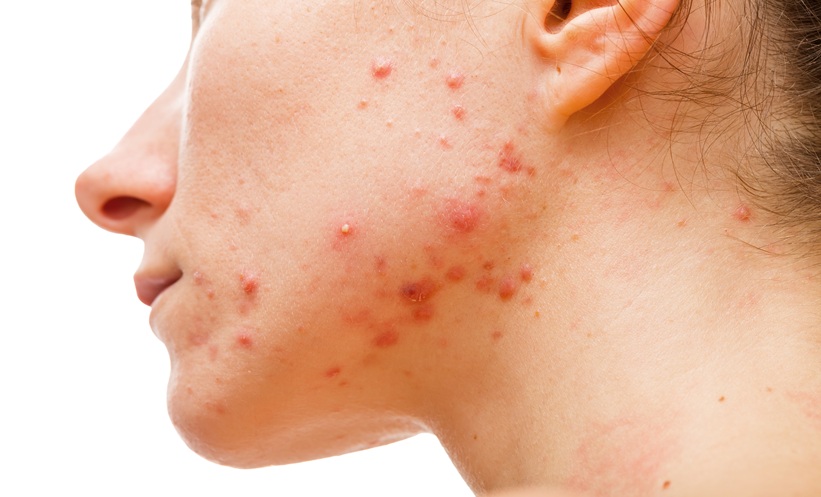ULTRAVIOLET radiation emitted with indoor tanning has been associated with an increased risk of cutaneous squamous cell carcinoma (SCC); but, the effect of frequency and duration partaking in this activity had not been established. Mr Simon Lergenmuller, the lead author in the study, University of Oslo, Oslo, Norway, and his colleagues planned to investigate whether indoor tanning had an effect on SCC in a dose-dependent fashion.
Data was taken from the Norwegian Women and Cancer study which was executed between 1991–2015 and included 159,419 women who shared information about their medical records, smoking status, hair colour, whether they developed freckles when they sunbathed, natural skin colour, and the number of times they experience sunburn per year. Along with this information, the researchers received information about how the participants used indoor tanning, and how often they used it during adolescence and childhood. The participants were asked to state the frequency at which they opted for indoor tanning by choosing one of the following options: never; rarely; one, two, or three to four times per month; or more than one time per week. Accumulation of this information allowed the researchers to understand each participants use of indoor tanning over the 24 years.
Over the course of the study, 0.4% of the women had SCC. The risk of SCC was shown to increase with the number of tanning sessions the participants had; however, the study showed no difference in the risk of SCC with either spending more time tanning per session, or beginning the activity at a younger age. “The association between cumulative exposure to indoor tanning and SCC risk was the same regardless of duration of use and age at initiation,” the authors commented. When they compared those who had used indoor tanning the most times with those who had never used indoor tanning, the relative risk of developing SCC increased by 83%.
The authors showed that the number of tanning sessions may play a more important role in the risk of developing SCC than the time spent tanning in one session.








